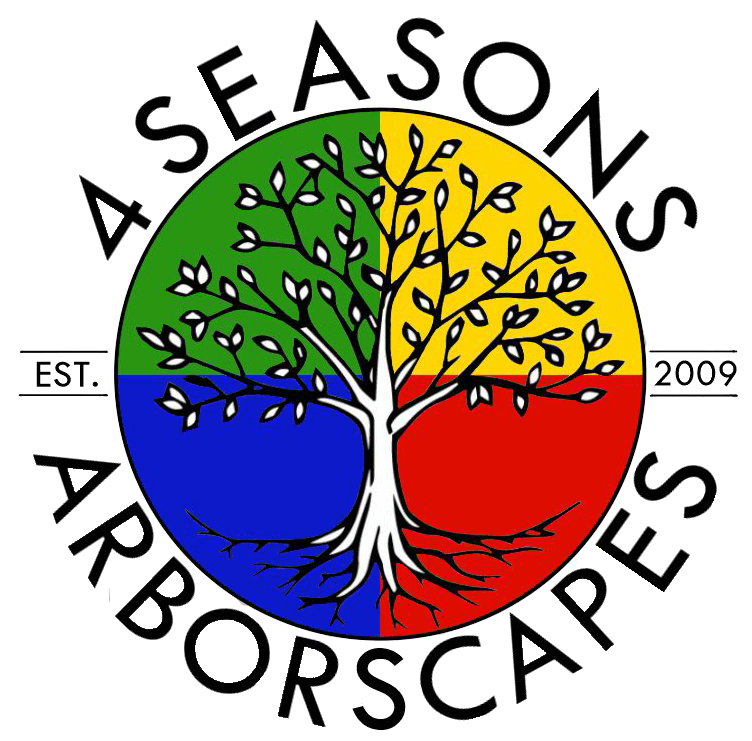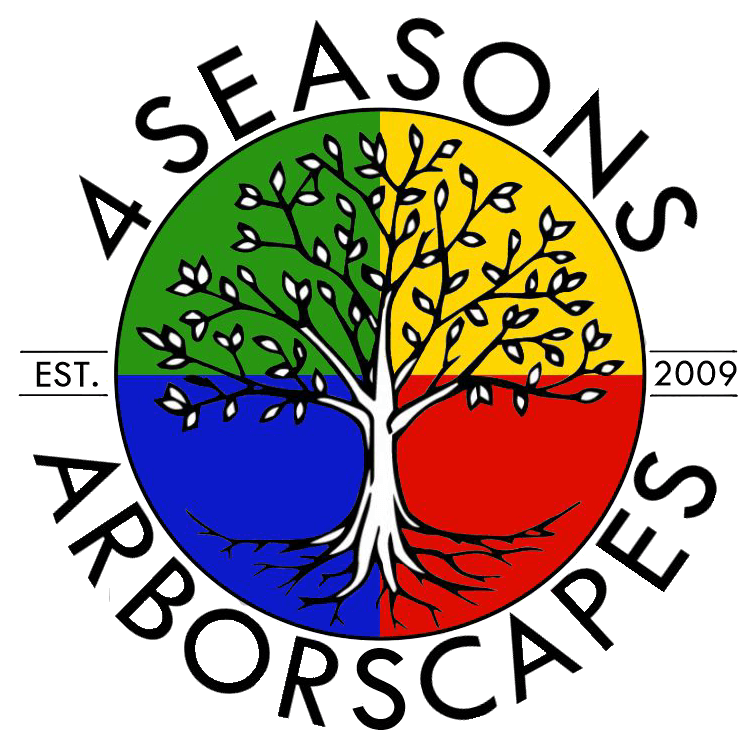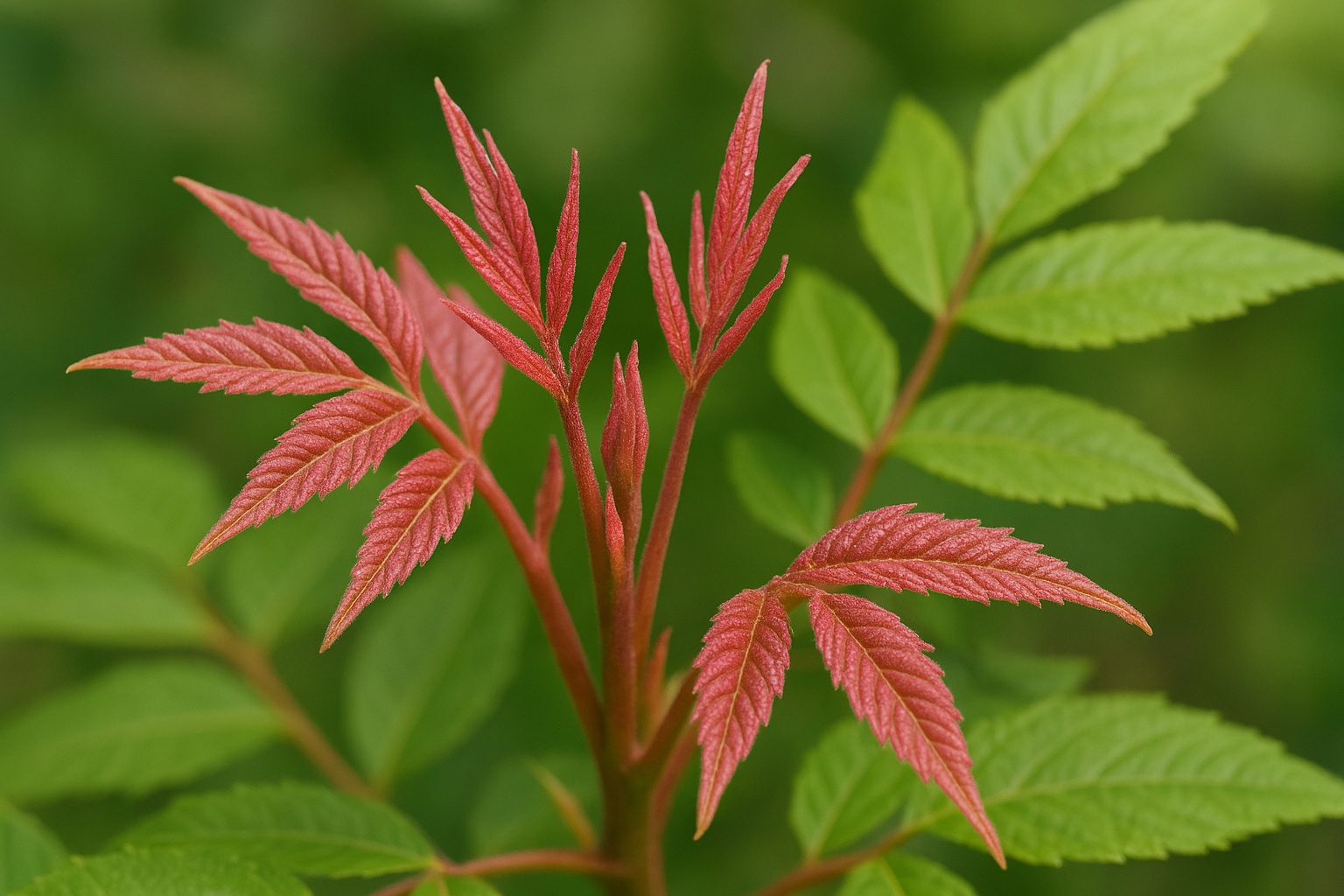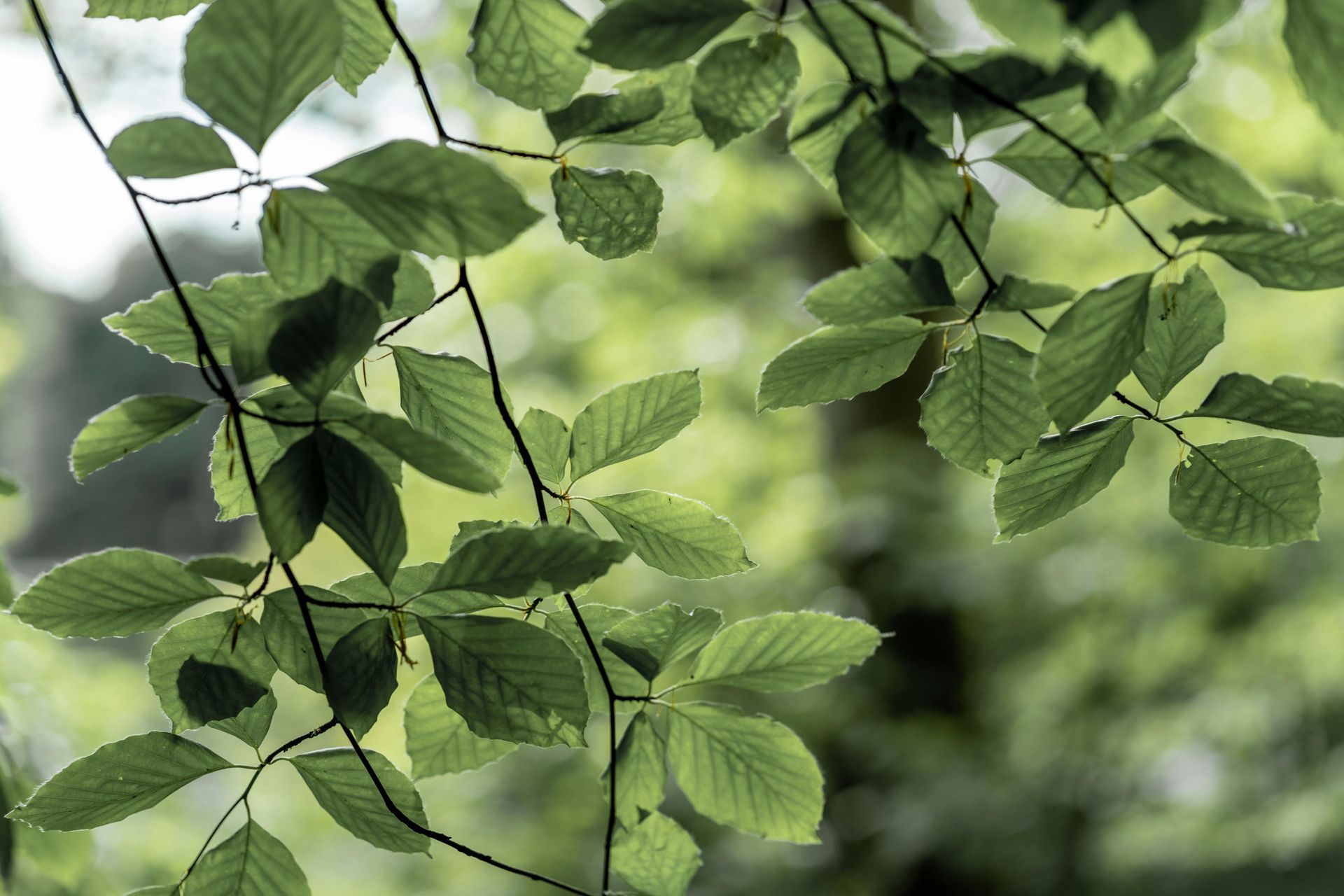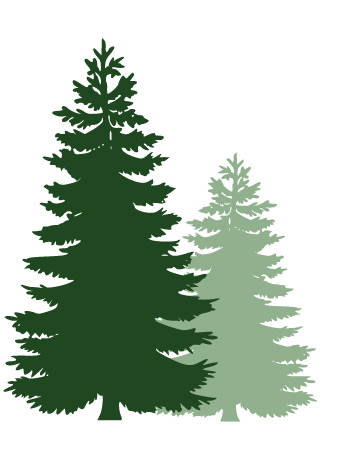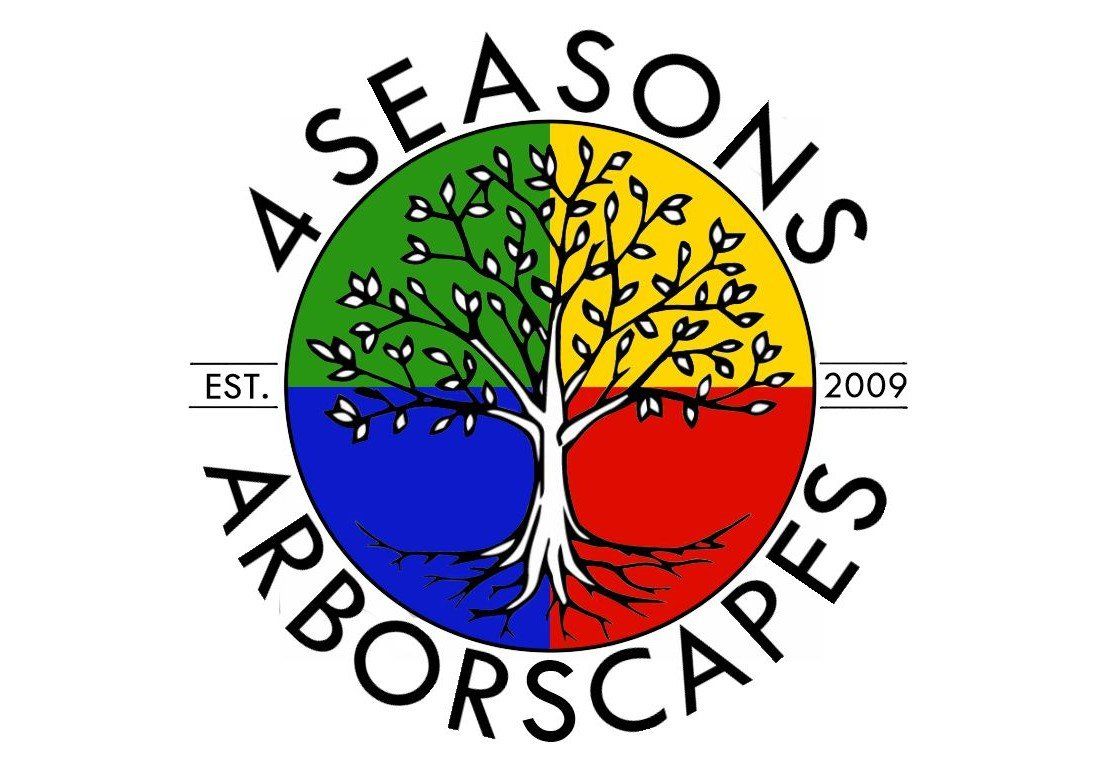Hemlock Woolly Adelgid
Ever notice tiny white specks on your evergreens?
These miniscule cotton balls may seem unobtrusive at first glance, but in reality, these pests can wreak havoc on your hemlock trees-- both ornamental and wild. In this post we will discuss how to identify for yourself the presence of this insect, what to do about it, and what it means for your landscaping.
What is hemlock woolly adelgid and where would you find it?
Woolly adelgid is an aphid-like insect that covers itself with a waxy, wool-like substance for protection. It feeds mainly on Eastern hemlock trees, therefore is it also commonly referred to as hemlock woolly adelgid. The Hemlock woolly adelgid is a non-native, invasive insect that can be found on the underside of hemlock branches.
Adelgid infestations are easily recognizable by the appearance of tiny cotton balls at the base of hemlock needles. This white, waxy wool is what gives the insects their name. The wool is easy to spot by looking at the underside of hemlock twigs in the late fall, winter, and spring. In mid-summer, the insects enter a dormant, inactive state until they become active again in the fall. These cotton ball masses normally persist throughout the season and into the following year, even after the insects are dead. The overwintering females are black and oval-shaped. They are concealed under their characteristic white waxy mass.
Year-round the hibernating females lay their eggs in large clusters in the cotton ball masses. The eggs are a reddish color. The freshly hatched egg's crawlers are reddish-brown with a small white fringe at the top. The crawlers will mature by late September and will remain in the tree to continue maturing during the winter months.
The hemlock woolly adelgid has been recorded as a pest in Oregon, California, Virginia, Delaware, Maryland, New York, Pennsylvania, New Jersey, Connecticut, Rhode Island, West Virginia, North Carolina, South Carolina, Georgia, Maine, Vermont, New Hampshire, Tennessee, and Kentucky.
In much of Pennsylvania, it has caused significant damage to the eastern hemlock ornamental plantings and the forest. Hemlocks play an important role by providing deep shade along creeks, maintaining cool micro-climates critical to survival of trout and other cold-water species. The hemlocks also provide habitat for many other species.
Hemlock trees are easily identified by their small round cones and short, 1⁄2-inch long, flat needles. You can read more about them here. The hemlock woolly adelgid feeds on the sap at the base of hemlock needles, disrupting nutrient flow. Infestations often start in large, mature hemlocks, but the insect will attack and kill younger trees as well.
Initial symptoms of the hemlock woolly adelgid infestation include:
- Declining trees
- Poor growth
- Branches with thin needles
- Yellow or gray needles
- Significant needle loss
Without its needles the tree starves to death, usually within three to five years
of the initial attack.
If treated, damaged or heavily infested hemlocks can recover from hemlock woolly adelgid. Therefore, it is important to recognize the early signs of an infestation. And while it is not possible to completely eradicate the woolly adelgid, taking prompt action when you spot the pest allows you to contain it.
There are several methods to get rid of hemlock woolly adelgid. There is continuing research to find predatory insects that can be used for biological control, though this method is not yet available to the home gardener. Two other methods are organic insecticides and chemical insecticides.
Organic Insecticides
Both horticultural oil spray and insecticidal soap can be used to control woolly adelgids, making sure to follow the product label for mixing concentration. As these insecticides must be applied thoroughly to the entire tree so no woolly adelgid is left untouched, this method is really only feasible for smaller trees. If the pest reappears, a second application later in the season might be necessary.
Chemical Insecticides
There are two insecticides used in hemlock woolly adelgid control – imidacloprid and dinotefuran. The insecticides are applied to the bark near the base of the hemlock tree and are absorbed and spread through the tissue of the tree. When hemlock woolly adelgid attaches itself to the treated tree to feed, it receives a fatal dose of the pesticide. To minimize the risk of impacts to nontarget species, the basal bark spray application method is used as opposed to soil drench, soil injection, or trunk injection methods.
Systemic insecticides are proven as the more effective way to treat a hemlock with woolly adelgid. Systemic insecticides are applied in spring and fall when the soils are moist, the trees are actively growing, and water uptake is at its greatest. The optimum time for spring treatment begins when the soil thaws. Fall treatments can begin with the wetter September weather and usually end near the end of October or in early November when soil temperatures drop.
How to Prevent Hemlock Woolly Adelgid
There are several measures you can take to prevent woolly adelgid from infesting your hemlock trees:
- Keep the tree healthy by watering it regularly during periods of no rain, as a drought-stressed tree is more prone to an attack.
- Only fertilize the hemlock tree when you are sure there is no infestation, the extra nitrogen can give hemlock woolly adelgid a boost when they suck the sap.
- Prune dead and dying branches. Although you might not see any signs of woolly adelgid, they could be infested.
- Grow pest-resistant varieties. The western hemlock is highly resistant to hemlock woolly adelgid but first make sure it can be grown in your climate zone.
Check out the latest:
